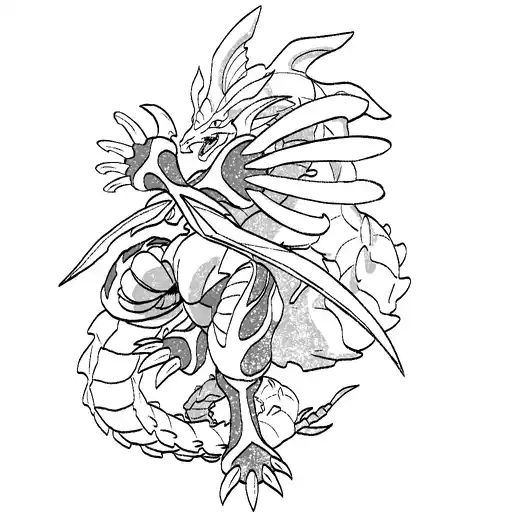- Introduction to Light Novels
- The New Gate: From Web Novel to Multi-Media Franchise
- From Page to Screen: The New Gate’s Anime Adaptation
- Re:Monster: A Tale of Rebirth and Survival
- Challenges and Opportunities in the Light Novel Industry
- Future Outlook: The Evolution of Isekai and Light Novels
- Conclusion: Embracing the Journey
Introduction to Light Novels
The world of Japanese light novels is a treasure trove of imaginative storytelling and cultural richness. Among the gems of this literary genre are “The New Gate” by Shinogi Kazanami and “Re:Monster” by Kogitsune Kanekiru. Both stories have captivated audiences with their unique takes on the isekai (another world) theme, a staple in Japanese fantasy. Recently, Hanashi Media announced the digital release of these two series, set for October 30, sparking excitement among fans eager to delve into these otherworldly adventures.
Light novels are a popular format in Japan, often characterized by their concise narrative style and accompanying manga-style illustrations. They cater to a broad audience, from teenagers to adults, offering a blend of fantasy, romance, adventure, and more. “The New Gate” and “Re:Monster” exemplify this diversity, each presenting a distinct narrative that has gained a dedicated following.
The New Gate: From Web Novel to Multi-Media Franchise
“The New Gate” began as a serialized web novel on the “Shōsetsuka ni Narō” (Let’s Become Novelists) platform in 2013. This online community has become a nurturing ground for aspiring authors, allowing them to publish their works and gain immediate feedback from readers. Shinogi Kazanami’s story quickly gained traction, leading to its publication by AlphaPolis in December 2013, complete with illustrations by Makai no Jūmin.
The narrative follows Shin, a player trapped in a virtual reality MMORPG, who finds himself in a world where the game has become a reality. His journey of survival and discovery resonates with fans of the isekai genre, combining elements of adventure, fantasy, and personal growth.
From Page to Screen: The New Gate’s Anime Adaptation
In 2024, “The New Gate” was adapted into an anime series, further expanding its reach to a global audience. Streamed by Crunchyroll, the anime brought Kazanami’s vibrant world to life, showcasing the intricate dynamics of its characters and their struggles in a game-turned-reality scenario. The adaptation also inspired a browser game titled “THE NEW GATE Best Collection,” allowing fans to immerse themselves even deeper into its universe.
Re:Monster: A Tale of Rebirth and Survival
Kogitsune Kanekiru’s “Re:Monster” offers a darker, more visceral take on the isekai theme. Initially published on the Shōsetsuka ni Narō platform, the story was later picked up by AlphaPolis, with a manga adaptation serialized by Haruyoshi Kobayakawa. The narrative follows Gobrou, a human reincarnated as a goblin, who must navigate a brutal world where strength determines survival.
“Re:Monster” is notable for its exploration of evolution and adaptation, as Gobrou gains new abilities by consuming the creatures he defeats. This unique premise has been a hit with readers, leading to an anime adaptation and a smartphone game where players can experience Gobrou’s journey firsthand.
Challenges and Opportunities in the Light Novel Industry
The rise of light novels like “The New Gate” and “Re:Monster” highlights both the opportunities and challenges within the industry. The digital age has made it easier for authors to reach audiences worldwide, but it also means increased competition and the need for unique, engaging content. Furthermore, the transition from web novel to print, manga, and anime adaptations requires careful consideration of narrative pacing and character development to retain the essence of the original story.
Future Outlook: The Evolution of Isekai and Light Novels
Looking ahead, the popularity of isekai stories shows no signs of waning. As technology advances, we can expect more innovative storytelling techniques and interactive experiences, further blurring the lines between reader and participant. For “The New Gate” and “Re:Monster,” the journey is far from over, with potential for new adaptations, spin-offs, and expansions into other media.
Conclusion: Embracing the Journey
The allure of light novels lies in their ability to transport readers to worlds beyond imagination. Through the journeys of Shin and Gobrou, fans are reminded of the power of resilience, adaptation, and the endless possibilities of fantasy storytelling. As we await the digital release of these beloved series, the excitement builds for what new adventures await in the vast realm of light novels.





